Do You Have an Irish Saint in Your Family Tree?
Have you ever wondered if you have an Irish Saint in your family tree? Here is one Irish family that had both a Saint AND a Martyr in their family tree - and I know that many of our readers are descended from this one Irish family.
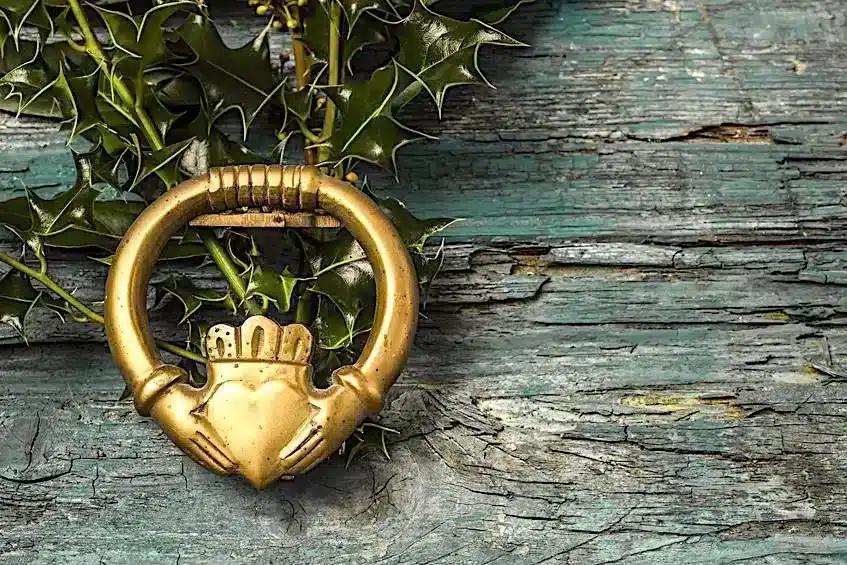
Earlier this week I saw the best TV episode of “Who do you think you Are” that I have seen so far. It featured the singer “Boy George” (full name George O’Dowd – son of Jeremiah O’Dowd and Dinah Glynn) as he explored the Irish roots of his mother and grandmother.
It was shocking, sad, entertaining and full of revelations all at once. If you get it in your area I do suggest that you have a look.
One of the revelations involved George’s grand-uncle who spent time in Kilmainham Jail in Dublin before being executed for his part in the Irish war of independence. This reminded me of a letter I shared a while back looking at the history of one Irish family name – and one of their members who also spent time in Kilmainham jail before being executed.
The Norman Surnames of Ireland – And One in Particular.
The Anglo-Norman mercenaries of Wales arrived in Ireland about 1170AD at the invitation of the deposed Gaelic king of Leinster. Over the following decades and centuries, they came to occupy much of the island of Ireland – but had mostly integrated with the local Irish Gaelic community by the 1400s.
When I was a young lad in Cork, I had several friends who carried these old Norman surnames. Names like Barrett, Barry, Bermingham, Burke, Cantwell, Cogan, Condon, Fitzgerald, Fitzsimmons, Fleming, Nangle, Purcell, Roche, Tobin, Walsh and so on. By that time, we were all in the same boat together!
However, one name that was not present in my class, or school, was the name of Plunkett. That name belonged to further up the country – around Counties Dublin, Meath, Louth and Cavan.
This Plunkett surname arrived in Ireland sometime in the 1200s and was a distortion of an old French name “Blanchet” – a nickname for “White”. On arrival, the Plunketts not only established themselves around Counties Meath and Louth but also inserted themselves into the middle of Irish affairs – becoming leading members of the Irish administration and Church.
Let’s have a closer look at two members of the Plunkett family – perhaps distant relatives of yours – and the impact they had on Irish history and society.
An Irish Saint and an Irish Martyr from the Same Family.
Oliver Plunkett was born in 1625 in County Meath into the wealthy land-owning Plunkett family. He was being ordained as a Catholic priest in Rome as Oliver Cromwell and his troops laid waste to many towns across Ireland (including Drogheda) in the 1650s. The Penal Laws were established shortly afterwards forbidding the practice of Catholicism.
Plunkett remained in Rome for many years as a Theological Professor, but was appointed the Archbishop of Armagh in 1669. The penal laws had relaxed somewhat by the mid 1660s, but he arrived back in Ireland to reorganise a church that was in chaos. He established teaching colleges, tackled drunkenness among the clergy and pioneered mixed-faith schools. However, this period of relaxation in the penal laws lasted only about four years and by the mid 1670s, Plunkett was forced into hiding near Clogher Head in County Louth.
He was eventually captured and tried in Dundalk on trumped-up charges – but later moved to London where he was found guilty of high treason. Plunkett was hanged, drawn and quartered on July 1st, 1681.
Just under 300 years later, in 1975, Oliver Plunkett was beatified as a Saint – the first new Irish Saint for 700 years. His name was given to many building and streets across the island, including our own Oliver Plunkett Street here in Cork. However, our story does not stop there.
From Easter Rising to a Summer Execution.
In 1887, Joseph Plunkett, a related descendant of Oliver Plunkett was born in Dublin City to a similar wealthy family. Joseph was one of the signatories of the Irish Proclamation of Independence and participated in the insurrection that gripped the streets of Dublin starting Easter Monday, 1916. This week-long insurrection has since become known as “The Easter Rising“.
On that Easter Monday, Plunkett and a small group of volunteers seized control of a number of key sites in Dublin and declared an Irish Republic. However, Plunkett had contracted Tuberculosis at an early age, and was still recovering from an operation at the time of the fighting. He was quite weak as he manned the barricades, but had the energy of a young Michael Collins by his side.
The insurrection failed and in May of 1916 fifteen of the leaders of the Easter Rising were executed for high treason – effectively turning them into martyrs in the eyes of the Irish public. One of these leaders, Joseph Plunkett, was executed in Kilmainham jail at the young age of 28 – a few short hours after marrying his childhood sweetheart, Grace Gifford in a prison cell.
If you visit Kilmainham jail today, you will see a plaque commemorating the marriage of Grace Gifford and Joseph Plunkett. A beautiful song was penned – and it nicely captures the sentiment and sorrow of the time. It’s written using the imagined thoughts and words of Joseph Plunkett.
In the aftermath of that failed Easter Rising, Ireland started on the road to independence.
Maybe you have already visited the church in Drogheda, or the yard in Kilmainham – where two members of the Plunkett family are commemorated for the part they played in the history of this island? I can highly recommend a visit to Kilmainham jail – there is a lot of Irish history contained within those walls and the guides are expert at conveying the facts, the stories and the feelings associated with so many episodes like the marriage of Joseph Plunkett and Grace Gifford.
So, let’s leave this story with the reminder that genealogy and heritage is not just all about the dry records, dates and facts contained in the registers. While those are important starting points, it’s the stories – both written and told – that really bring our Irish Ancestry to life! What do you think?
So, that’s it for this week. Do feel free to comment below and share any stories you might have from your Irish family tree – or just to say hello!
Slán for this week,
Mike & Carina.

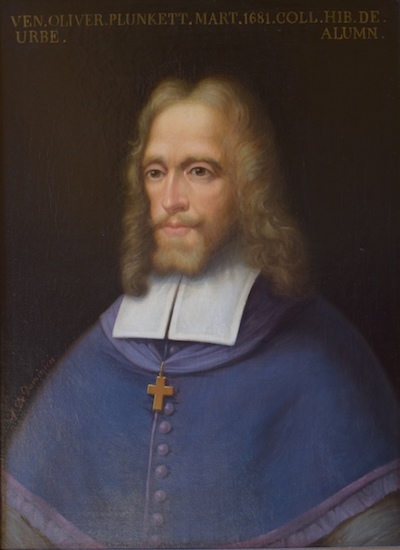

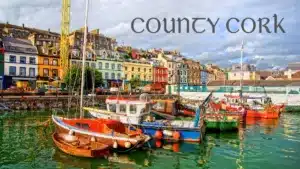
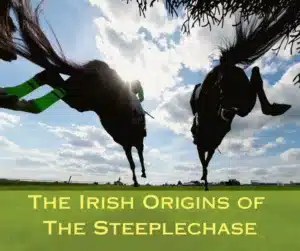
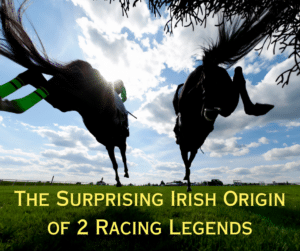
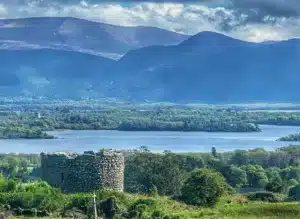
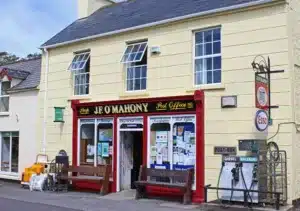

Only Plus Members can comment - Join Now
If you already have an account sign in here.